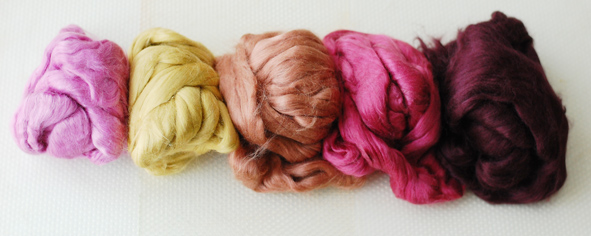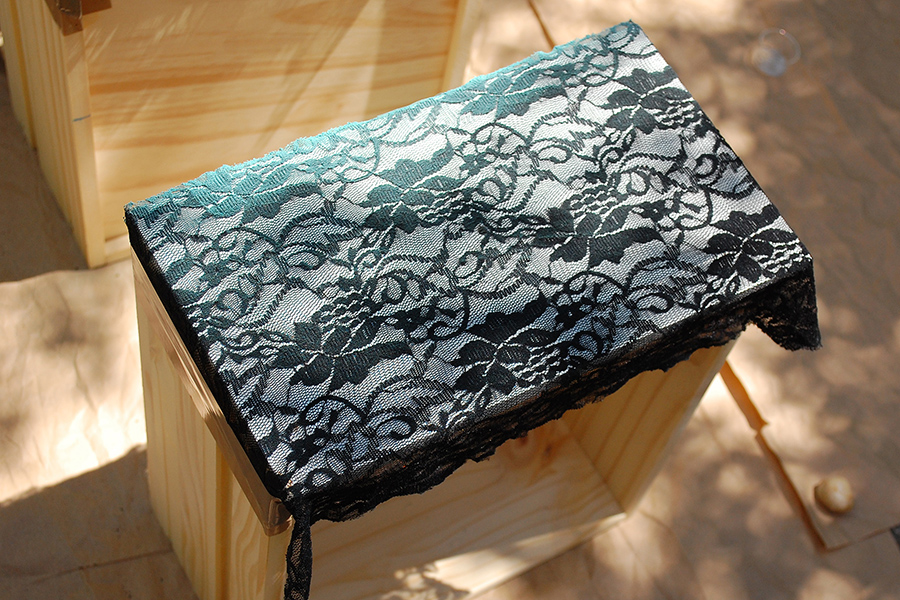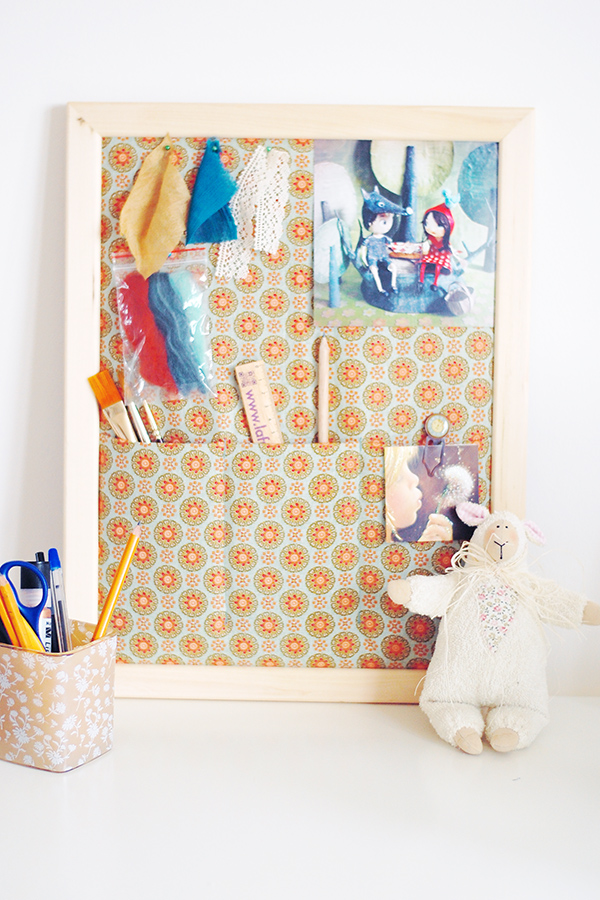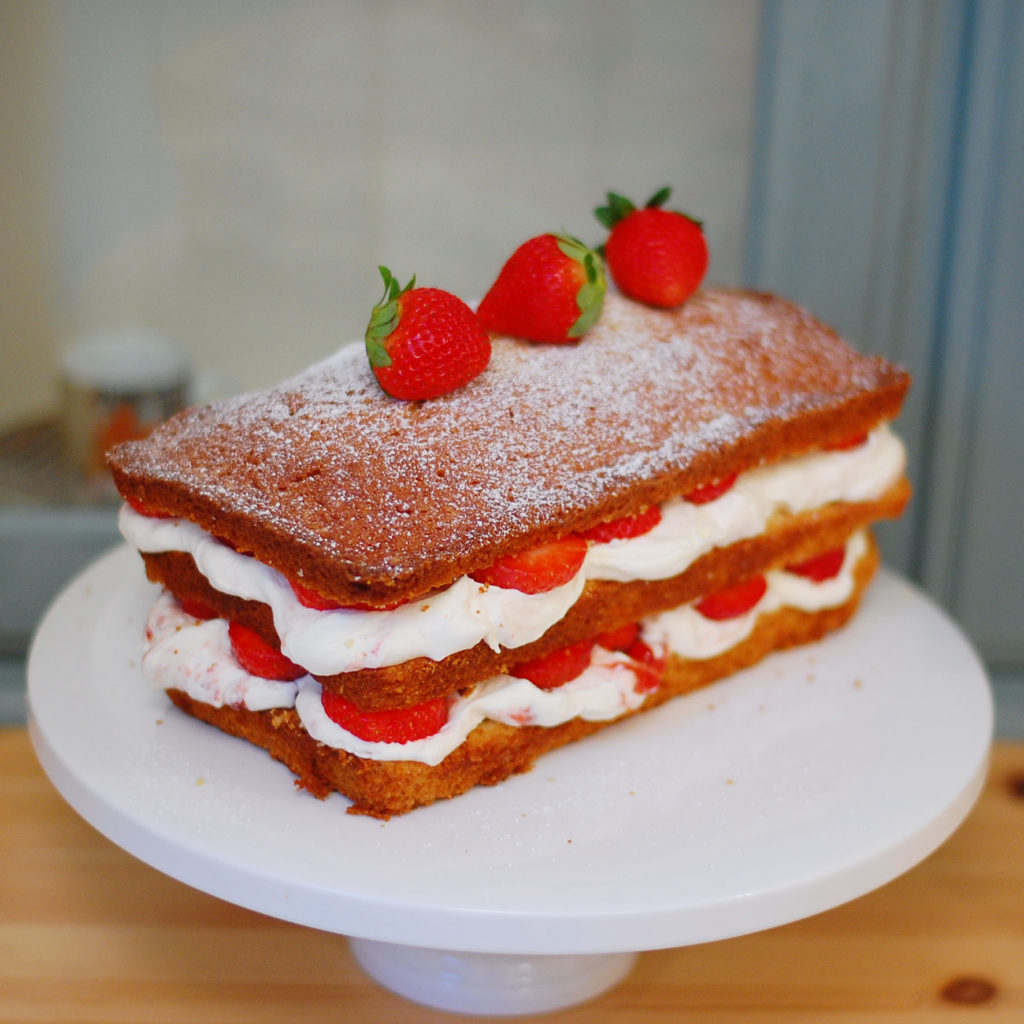Warm, soft, pleasant to touch – this is how we describe wool, but what do we really know about its properties. Not much, though our ancestors having no pharmacies and medications cured lots of illness and injuries using wool. Well, I totally remember cartoons from my childhood, where characters with toothache tied a woolen cloth around the face.

One of the most useful and used properties of wool is low conductivity. It saves warmth very well, so that woolen clothes are much warmer than any others. Well, speaking about natural materials like silk, cotton or linen, not about high technology materials, used by Columbia or Reebok companies.
The second issue frequently used is high hygroscopicity. That is about how wool absorbs water. It absorbs a lot! About one third of its own weight. This means a 100g woolen sweater can absorb 33g of… sweat… And not only absorb, but evaporate it as well. It’s extremely good for curing flues and rheumatism. Besides, wool absorbs water 7 times quicker than cotton.
Different sources like adverts, magazines and other mass media tell us that our body is breathing not only using lungs but also through the skin. The very each cell of our body breaths in oxygen and breaths out carbon dioxide. To let our skin breath we should wear “breathing clothes”. Wool allows air in and out easily, so our body won’t struggle from lack of oxygen.
The top property is provided by lanolin. It’s the fat secreted by sheep skin to maintain its fleece: keep it clean, make it glossy, easy washable, etc. Lanolin is highly used in making cosmetics. Its allergic, not suitable for some people, but it is really really good for skin. It nourishes and hydrates skin. It is anti-inflammatory and anti-edema. Woolen sweater or scarf is not a hand-cream, but it cares about skin, smooths and keeps it hydrated. Also is very good for wrapping inflamed joints to cut the pain.
The last but not the least helpful benefit is wool’s massage abilities. The fibers that stick out of cloth improve blood circulation and lymph drainage.
There is also a lot of information that wool neutralizes harmful chemicals and “evens electrical field of human’s body”, but those are hard to prove, so I do not mention them in list. If you want you can check it yourself, but your only metrics will be your feelings and senses.







